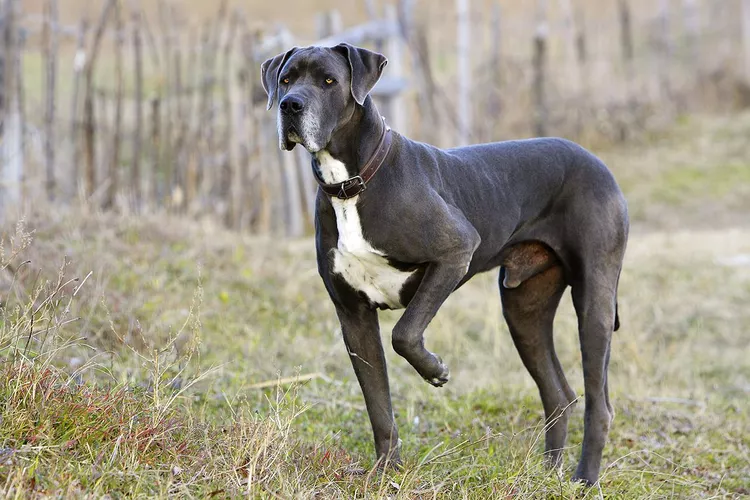
Originating in Germany and one of the largest dog breeds in the world, the Great Dane is a type of working dog known for their tall stature, large head and muzzle, long limbs, narrow body, and short fur. These dogs are loved for their joyful spirits and companionable personalities.
Towering over medium breeds, Great Danes fall under the giant dog category. They have a regal, intelligent, and loyal temperament, bonding closely with their humans and making wonderful family dogs. A well-trained Great Dane will thrive in most households.
Your home does not need to be extra large to accommodate this dog's commanding size, but you do need some extra space (especially due to that long tail). Unfortunately, like other giant breeds, the life span of these dogs tends to be shorter than other canines. However, lovers of these calm, sweet dogs will tell you any amount of time with a Great Dane is worthwhile.
Learn even more about the Great Dane, including the breed’s history, temperament, and care needs.
Group: Working
Height: 30 to 34 inches (male); 28 to 32 inches (female)
Weight: 120 to 200 pounds (male); 99 to 130 pounds (female)
Coat: Short, smooth coat
Coat Color: Black, black and white, blue, brindle, fawn, harlequin, merle, silver, solid white, or mantle
Life Span: 6 to 8 years
Temperament: Calm, gentle, friendly, loving, even-tempered, attentive, proud
Hypoallergenic: No
Origin: Germany
The Great Dane's temperament is true to the breed's "gentle giant" nickname. These dogs are calm and laid-back both at home and in public when trained well, and their loving nature makes them affectionate members of the family.
They are patient and get along easily with children, but as such a large breed, they can knock small children over accidentally simply by bumping into them. They are also not suitable to be handled on a leash by young kids.
Great Danes are a good choice for multi-pet households, as they are usually friendly towards other animals (especially when raised together).
Great Danes originated in Germany, although some believe the breed has ancient origins. They most likely emerged from the English Mastiff and Irish wolfhound. Despite having "Dane" in its name, the breed was actually developed in Germany as a boar hunter. The powerful boar required a similarly powerful dog for holding the prey until the hunter arrived.
Over time, the breed was no longer considered a hunting dog and became more known as a watchdog and companion. German breeders aimed to make them much less aggressive, which led to the gentle disposition common in most Great Danes today.
Great Danes appeared in the United States in the late 1800s and gradually became more popular over time. The breed was officially recognized by the American Kennel Club (AKC) in 1887.
The Great Dane is the state dog of Pennsylvania. Also, Great Danes top the Guinness World Records list for the world's tallest dog. A recent record holder was Zeus at 3 feet 5.18 inches tall.
In popular culture, the cartoon Scooby-Doo and comic-strip character Marmaduke are both Great Danes. The breed has also been cast as the titular character in the film versions of Sir Arthur Conan Doyle's The Hound of the Baskervilles.
Caring for your Great Dane is similar to other short-haired breeds of smaller sizes, but their large stature requires a few extra steps to keep them safe when it comes to exercise. It's also important to train this breed from a young age in basic obedience to raise a well-rounded dog who behaves well at maturity.
Great Danes are playful and energetic when young. To keep their growing bones and joints healthy, don't allow them to jump, and don't take them along for activities like running until they are at least 18 months old.
As they age, most of these dogs have moderate energy levels. Routine exercise, such as daily walks, can help keep your dog fit and healthy. Let your dog exercise for one to two hours total every day. Since they aren't prone to fence jumping, most Great Danes can safely play in a fenced yard.
Great Danes have short, thick coats that typically need no more than basic grooming with weekly brushing. They shed especially heavily during the spring and fall. Great Danes need to bathe routinely, usually once or twice a month.
Danes with natural (floppy) ears should have routine ear checks and cleanings. While some people prefer to surgically crop the ears, this practice is becoming less common and is actually banned in some countries.
You should trim your dog's nails every couple of weeks to keep them healthy and prevent splitting or tearing. In order to maintain good oral hygiene, brush your dog's teeth at least a few times per week. This will help keep gum disease at bay.
Proper obedience training and socialization with others are absolutely essential for the Great Dane. The giant size of this breed makes them very difficult to manage if not properly trained. These dogs do not realize their large size, so careful attention should be placed upon the prevention of jumping, leaning, and leash pulling.
Great Danes are easy to housetrain and prefer to be indoors with the family rather than alone in the yard. Crate training with a crate specified for giant breeds is recommended.
Responsible breeders strive to maintain the highest breed standards as established by kennel clubs like the AKC. Dogs bred by these standards are less likely to inherit genetic conditions. However, some hereditary health problems can still occur in Great Danes. The following are common conditions to be aware of:
It's important to start Great Dane puppies on large breed puppy food to ensure they don't grow too fast (which can lead to dysplasia and other health problems down the road).
Your veterinarian will likely recommend feeding your dog several smaller meals per day, rather than one to two large portions, to help prevent bloat. Some people also choose to use slow-feeder bowls for this purpose.
Adult Great Danes require a lot of food—up to 10 cups per day. However, take care not to overfeed this breed. Consult with your veterinarian to determine an appropriate diet and portion schedule based on your dog's age, weight, and activity level to avoid canine obesity.
Puppies typically cost between $1,000 and $2,000, but prices can be upwards of $6,000 depending on availability and pedigree.
If you think you'd like to adopt a Great Dane, inquire with local shelters to see if there are any breed-specific rescues in your area. Unfortunately, there are many dogs who need a new home, as their original families found they were not a good match.
When planning to buy from puppyhood, find a responsible breeder to help ensure your dog comes from a bloodline bred for health and temperament.
Check out resources like the national breed club, rescue organizations, and the AKC to get started:
Great Danes are gentle giants that make wonderful family pets. However, they are prone to various health conditions, and they require the right training and socialization. These big dogs also need a good amount of exercise daily.
If you think the Great Dane is the right dog breed for you, be sure to do plenty of research before adopting one. Talk to other Great Dane pet parents, reputable breeders, and rescue groups to learn more. To discover similar breeds, check out:
There are plenty of dog breeds out there that can join your family. With a little research, you can find your next best friend!
When trained in basic obedience as puppies, Great Danes make excellent family dogs. This breed is known for having a calm, gentle personality and friendly nature.
Great Danes are not typically aggressive. These dogs are usually bred to have traits like a kind temperament in their pedigree, and they do well with both children and other pets when properly socialized.
In general, Great Danes don't tend to bark much. They may alert you to strangers outside the house or unusual circumstances, but with basic training to discourage barking as puppies, this breed is not known to develop loud habits.
Great Danes can sometimes be stubborn with specific training exercises, but overall, this breed is considered easy to train. Enrolling puppies in obedience classes is a great way to prepare them for a lifetime of good behavior.
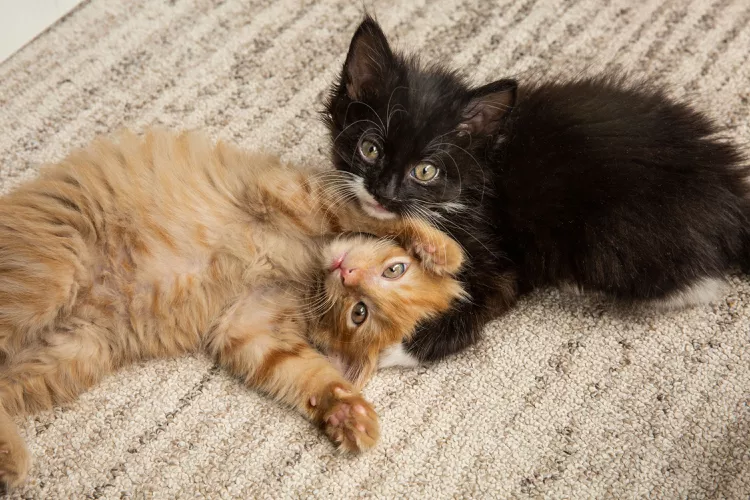
Why Two Kittens Are Better Than One
There are benefits of adopting two kittens, such as more feasible training and companionship between them.
Everything You Need to Know About Raising Your First Cat
Whether you are thinking about getting a cat or just adopted your first one, these are the things to know to make your relationship a lasting one.
How Can I Tell the Sex of a Cat?
Telling male and female cats apart can be difficult for those who don't know what they're looking for. Here are helpful tips to discover their sex.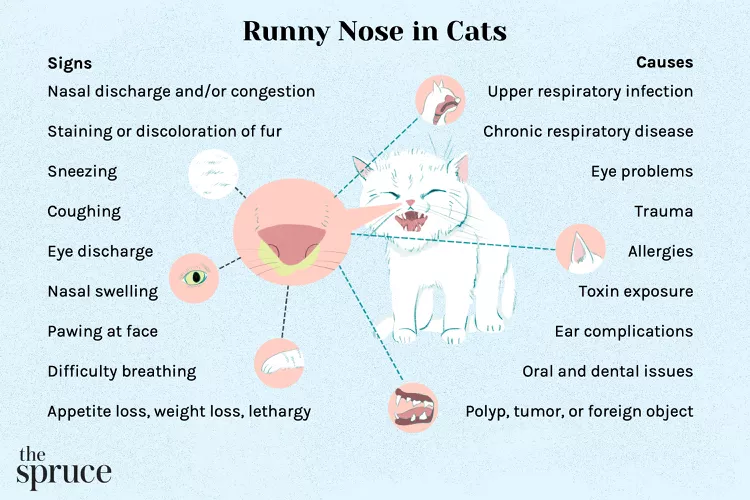
Runny Nose in Cats: Causes and Treatment
Cats get runny noses due to upper respiratory issues, but many conditions can cause this. Learn the causes of runny noses in cats and the associated signs. Find out how vets diagnose and treat cats with runny noses.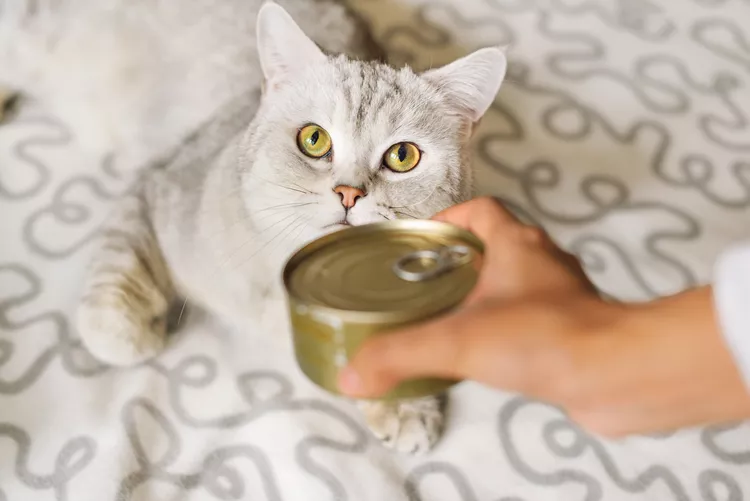
How Long Can You Safely Leave Canned Cat Food Out?
You cannot safely leave canned cat food out all day. Twenty to 30 minutes is the max, so give smaller portions and reheat food for later feedings.
Meat Byproducts in Cat Food
Most cat experts recommend premium brands of cat food that avoid ingredients like byproducts and chicken meal. Learn what to look for on the label.
How Much Wet Food to Feed a Cat Every Day
The amount of wet food your cat needs depends on factors such as age, weight, body condition, and lifestyle. Learn how much wet food to feed your cat.
Taurine for Cats
Taurine is an essential animal protein in your cat's diet. Learn more about the various ways it supports your feline's body.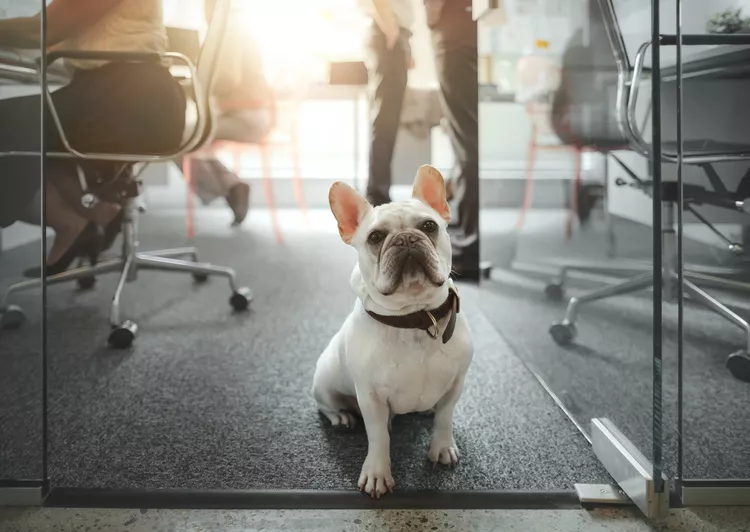
The Different Types of Pet-Friendly Workplaces
Discover the different types of pet-friendly workplaces and the benefits they offer employees. Learn how to create a pet-friendly workplace and the best practices for pet owners.
8 Halloween Safety Tips for Pets
The spooky holiday can be overstimulating and even dangerous for pets. Here's how to avoid the problems caused by toxic candy and incessant doorbells.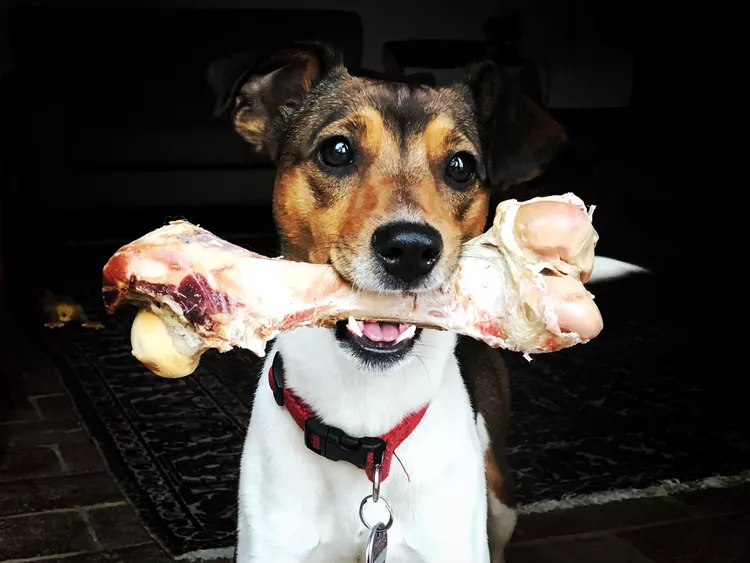
Why You Should Keep Cooked Bones Away From Your Dog This Holiday Season
People should be aware of the dangers of cooked bones, especially around the holidays when they might be more accessible to your pup.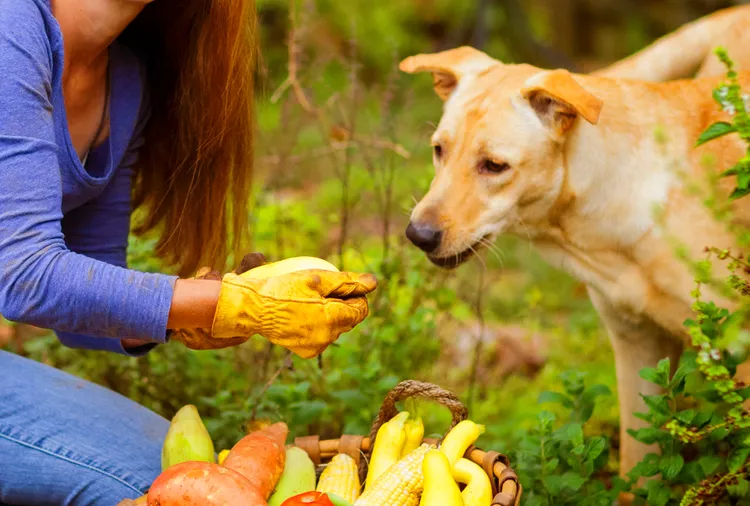
Can Dogs Eat Squash? Here's What a A Vet Thinks
Dogs can safely eat squash as long as it's prepared correctly. Find out how to properly feed this versatile fruit to your dog.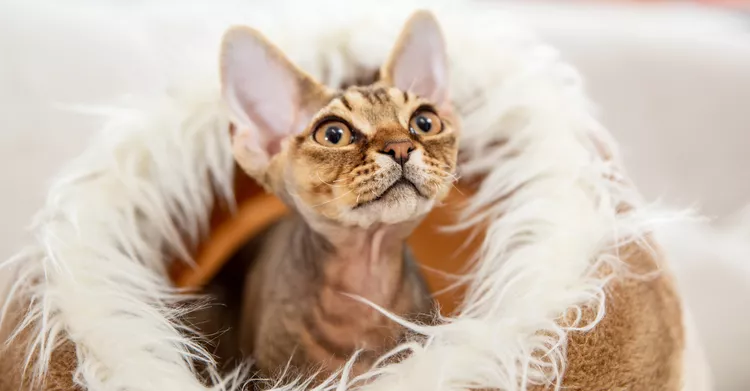
16 Small Cat Breeds That Are Petite Purring Machines
Small cat breeds like the Singapura and munchkin may be smaller than an average housecat, but they leave a giant imprint on your heart.
10 Best Cats With Big Ears
Cats with big ears often look extra endearing. Check out some common big-eared cats, including the Abyssinian, Devon Rex, Siamese, Sphynx, and more.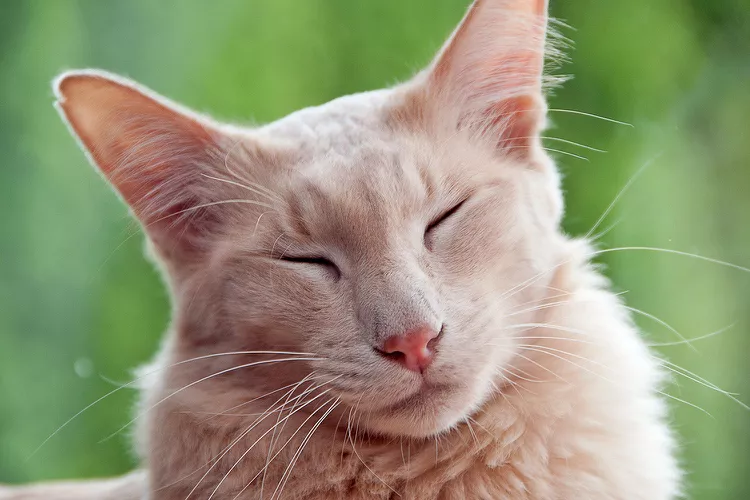
Javanese (Colorpoint Longhair): Cat Breed Profile, Characteristics & Care
The Javanese is a semi-longhaired, color-pointed cat of Siamese type. They are related to the Siamese, Colorpoint Shorthair, and Balinese breeds.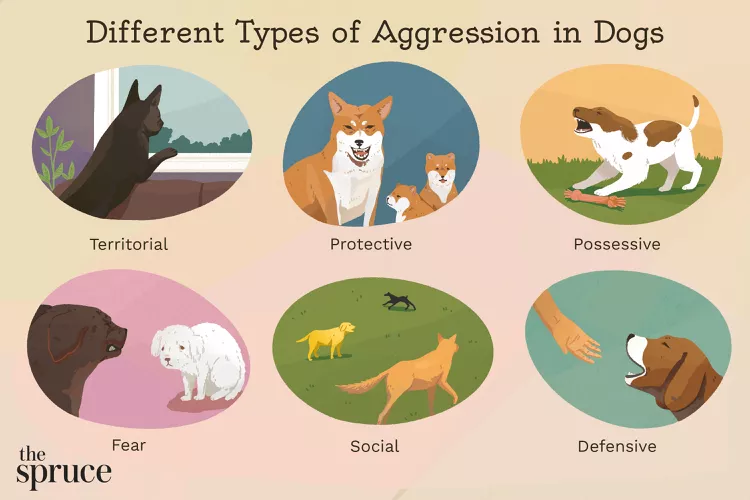
How to Stop Aggression in Dogs
Dog aggression can be a serious behavior issue for pet owners. Learn how to stop aggression in dogs before someone gets hurt.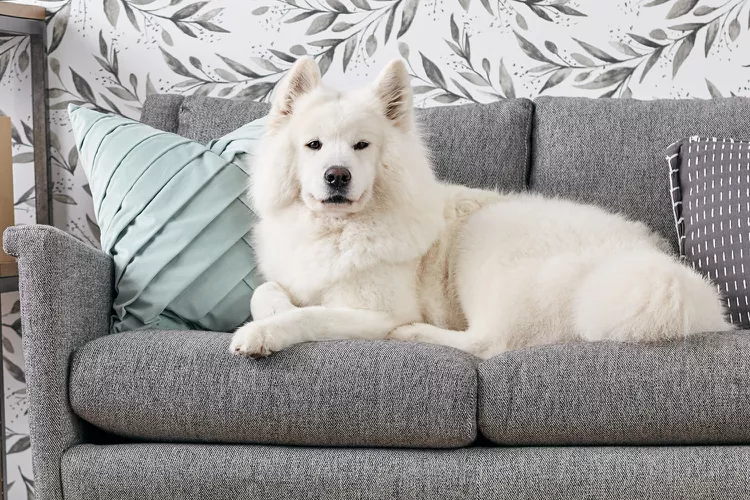
Should Dogs Be Allowed on Furniture?
Should you let your dog on the couch or in the bed with you? Are there any reasons we should not let dogs on the furniture? Here's what to know.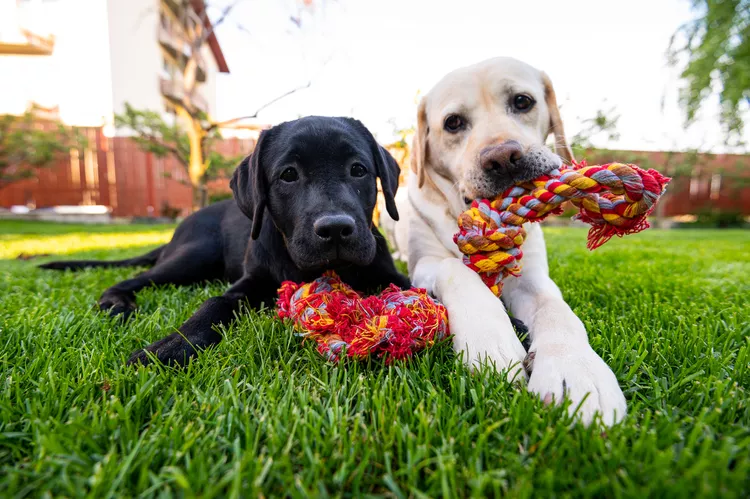
Why Do Dogs Eat Rocks?
One of the most common non-food items for dogs to eat are rocks. Here's what to know about why dogs eat them and how can you stop your dog from eating rocks.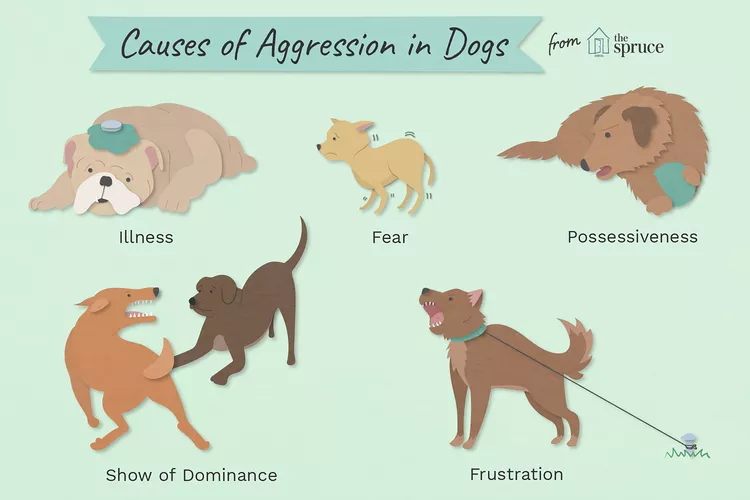
Why Dogs Get Aggressive and How to Stop It
Why is your dog biting you aggressively? Sometimes dogs can become aggressive with little warning. Find out what causes your dog to become aggressive so you can work with the behavior.
Thai Ridgeback: Dog Breed Characteristics & Care
Learn all about the Thai Ridgeback, a rare breed from Thailand. Find out how to care for the loyal dog and where to buy or adopt one.